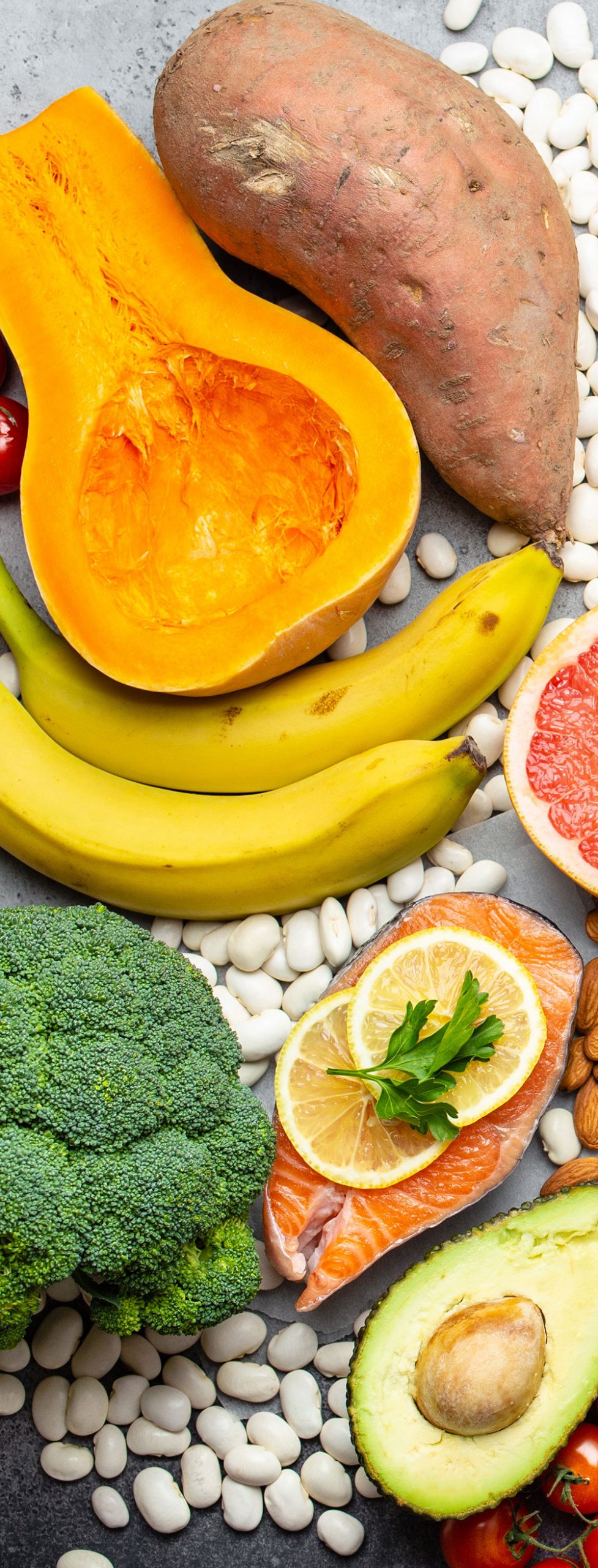
Horsetail
A popular fern in Europe that has been used as herb since the time of the Greek and Roman empires. It has several medicinal properties and is used mainly to improve skin, hair and bone health.
Because of its rich content of chromium, flavonoids, saponins and astringency agent, it helps prevent arteriosclerosis. It is rich in vitamins A, B and E, potassium and iron, and can enhance vitality and reduce fatigue. Horsetail also contains abundant silicic acid, minerals, especially magnesium. It can help the body absorb calcium, nourish nail, skin, hair and strengthen connective tissue, and especially good for preventing or reversing osteoporosis.
Natural Minerals
Magnesium
which participates in 600 over enzymatic actions in human body, assists in the translation of DNA and RNA on cellular level and maintains its normal function. It can also improve the performance of sports, maintain stable blood pressure, stabilize blood sugar concentration, ease menstrual symptoms, ease migraine, prevent osteoporosis, fight body inflammation, prevent depression, and activate parasympathetic nerves to improve sleep quality


Manganese
which combined with calcium, zinc, and copper (all contained in Mineral Mix) for absorption, can increase bone density. It is also part of the antioxidant enzyme superoxide dismutase (SOD). It also helps regulate blood sugar. It is also known as a vasodilator that can dilate the vein and reduce the incidence of epilepsy.
Chromium
which can help growth, prevent arteriosclerosis, lower blood pressure, prevent hypertension, prevent heart disease, help insulin, lower blood sugar and assist in the treatment of diabetes.


Calcium
one of the main applications in living bodies, is the essential structural components of bone, teeth, and cell wall formation, and these structures carry important physiological functions such as support, protection, movement, feeding, etc. Calcium plays an important role in blood coagulation, which is closely related to human growth and bone development. Maintaining the normal concentration of calcium (ion) in serum, can maintain normal heart and blood vessel health. Calcium plays an important role in the communication between cells (which can be the second messenger) and cells, so the concentration of calcium ion in each cell must be strictly controlled. And in muscle cells, which are more special, besides the way they're stored, calcium is important for starting muscle contractions. Other function, such as helping lipid metabolism, are also very important.
Zinc
which is found in numerous enzyme systems, such as carbonic anhydrase, respiratory enzyme, lactate dehydrogenase, superoxide dismutase, alkaline phosphatase, DNA and RNA polymerase, is essential for the synthesis of nucleic acids, proteins, carbohydrates and the utilization of vitamin A. It has the functions of promoting growth and development and improving taste. Zinc is a nutrient for thymus development as an immune organs. Only when zinc is sufficient, thymus development can be effectively guaranteed, T lymphocytes can be normally differentiated and cell immune function can be promoted.
Zinc is good for the eyes in clinical practice because it promotes vitamin A absorption. Vitamin A absorption could not be done without zinc. Vitamin A is normally stored in the liver, and when the body needs it, it is delivered to the blood, a process that relies on zinc as a carrier.


Copper
which is used to maintain normal hematopoiesis. It is mainly manifested in the following aspects: (1) promoting the absorption and transportation of iron; (2) Copper blue protein can promote the synthesis of heme and hemoglobin. Secondly, maintenance of normal bones, blood vessels and skin. The copper enzyme lysinyl oxidase promotes the cross-linking of bone, blood vessel and skin collagen and elastin. Third, maintain the health of the central nervous system. The copper-containing cytochrome oxidase can promote the formation and maintenance of myelin sheath, which is related to the biosynthesis of dopamine β carboxylase and tyrosinase and catecholamine. Fourth, normal hair pigment and structure are protected by copper. The copper enzyme tyrosinase can catalyze the conversion of tyrosine to dopa and then to melanin. The copper enzyme THO has the functions of maintaining the normal structure of hair and preventing keratosis.
Copper also protects cells from superoxide ions. In addition, it also has influence on many physiological, biochemical and pathological physiological processes of cholesterol metabolism, myocardial cell oxidation metabolism, body defense function, hormone secretion, etc.
Potassium
They are indispensable to healthy growth and development.
The physiological function of Potassium
- Taking part in sugar, protein metabolism: When amino acid and glucose enter the cell membrane to form protein and glycogen, proper amount of potassium ion must be involved. Metabolism of sugar and protein would be largely affected without presence of potassium.
- Maintaining normal osmotic pressure in the cell: The osmotic pressure inside and outside the cell must be balanced, otherwise it will affect the water balance inside and outside the cell and affect the metabolism of the body. Potassium is the main cation in the intracellular fluid, and plays an important role in maintaining the osmotic pressure balance of the intracellular and intracellular fluid.
- Maintenance of normal myocardial function: The concentration of potassium in and out of myocardial cells plays an important role in maintaining the excitability, self-discipline and conductivity of myocardial cells. Potassium deficiency can enhance excitability of cardiac myocytes, but excessive potassium can inhibit conduction and self-regulation of cardiac myocytes. Both can cause arrhythmia.
- Maintaining the acid-alkaline balance of the internal and external cellular environment: When the intracellular fluid loses potassium, the hydrogen ions of the extracellular fluid transfer to the intracellular, resulting in intracellular acid poisoning and extracellular alkali poisoning. On the contrary, when the potassium ion of the extracellular fluid enters the cell excessively, the hydrogen ion in the cell will transfer to the extracellular, resulting in intracellular alkali poisoning and extracellular acid poisoning.
- Maintaining neuromuscular stress and normal function: When the blood potassium decreased, the body stress decreased, and relax paralysis occurred. When the blood potassium is too high, the stress is lost, causing muscle paralysis.


Sodium
They are indispensable to healthy growth and development. Sodium helps improve bio-availability of Calcium and other minerals in the blood, which is closely related to metabolism.
The physiological function of Sodium
- Regulate the water content and osmotic pressure: Sodium exists in extracellular fluid, which is the main cation of extracellular fluid, and forms osmotic pressure with the corresponding anions. Sodium plays an important role in regulating extracellular fluid osmotic pressure and maintaining constant water content in the body. When the sodium content in the cell increases, water enters the cell, causing swelling of the cell and swelling of the tissue. On the contrary, when the body loses too much sodium, it will cause the body lack of water and the balance change.
- Maintaining the acid-alkaline balance: The sodium is reabsorbed in the renal tubule and is exchanged with hydrogen ion to remove the carbon dioxide in the body, and the pH and bicarbonate concentration are maintained to be normal.
- Sodium pump: The active transport of sodium and potassium ions makes the sodium ions be discharged from the cell actively, so as to maintain the osmotic pressure balance of the liquid inside and outside the cell. Sodium has an influence on the production and utilization of ATP, muscle movement, cardiovascular function and energy metabolism.
- Maintaining normal blood pressure: Population studies and intervention studies have confirmed that dietary sodium consumption is linked to blood pressure spike, with a 20% chance of this increase being due to the intake of salt.
- Enhancing neuromuscular excitability: The concentration balance of sodium, potassium, calcium and magnesium plasma is favorable for maintaining the excitability of nerve muscle, and the sodium meeting the requirement can enhance the excitability of nerve muscle.
